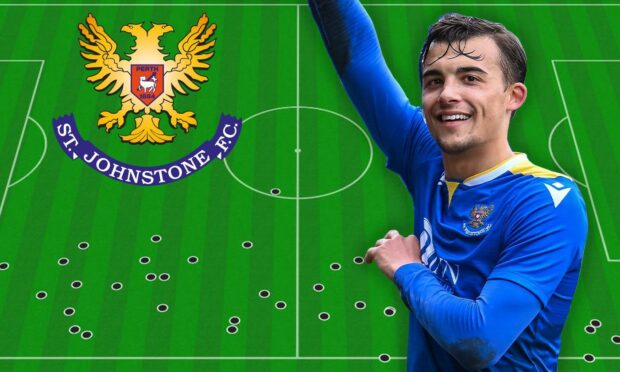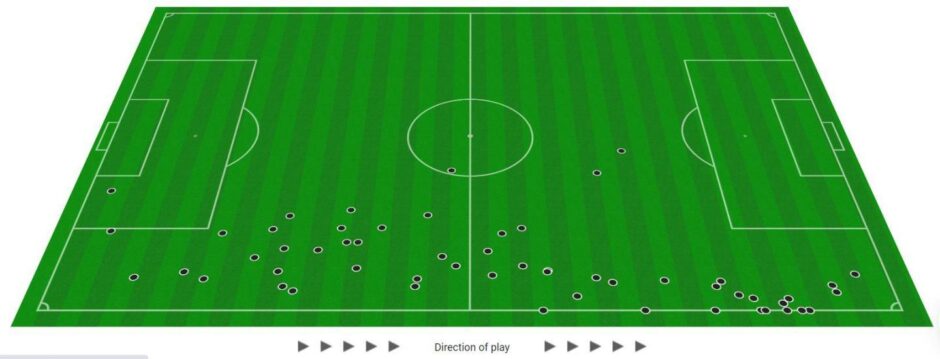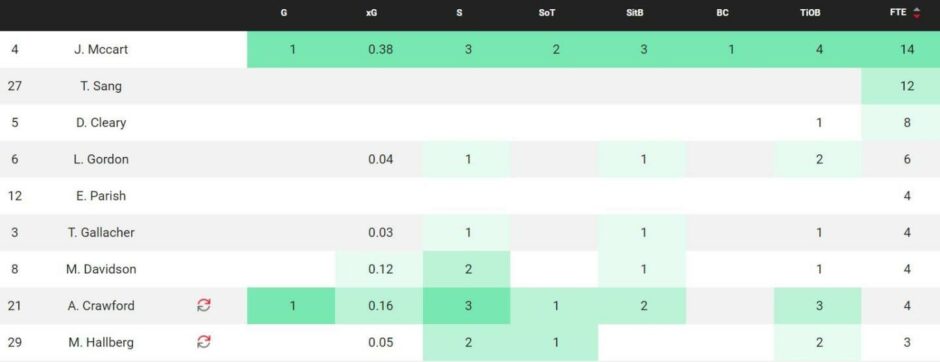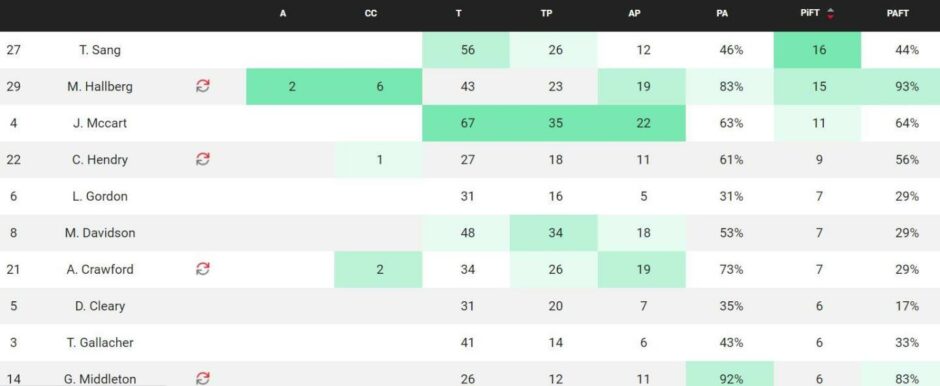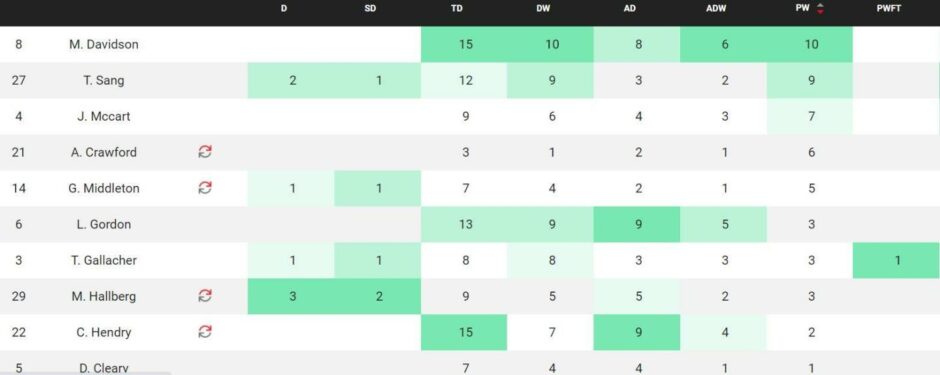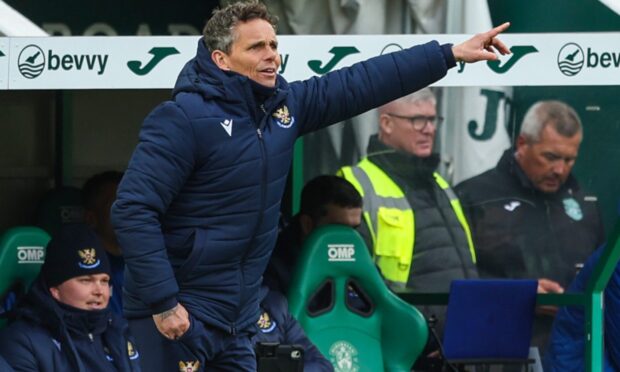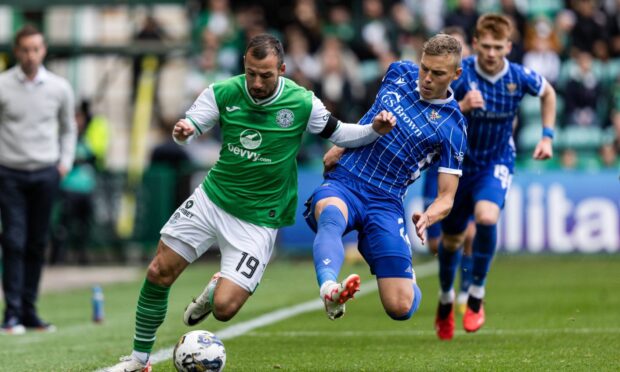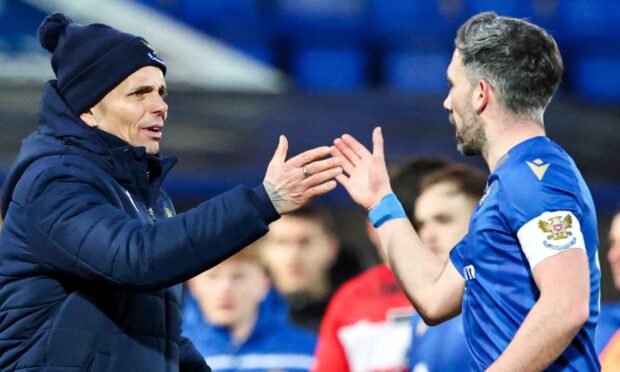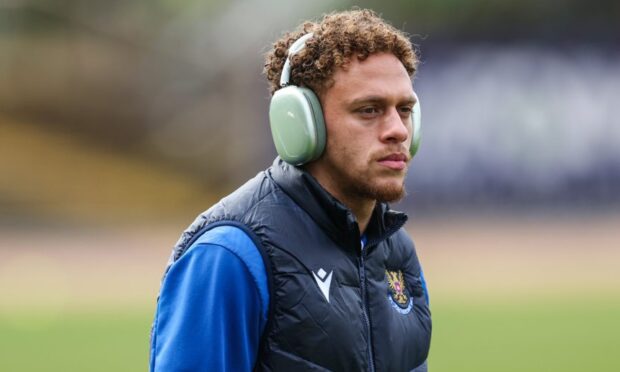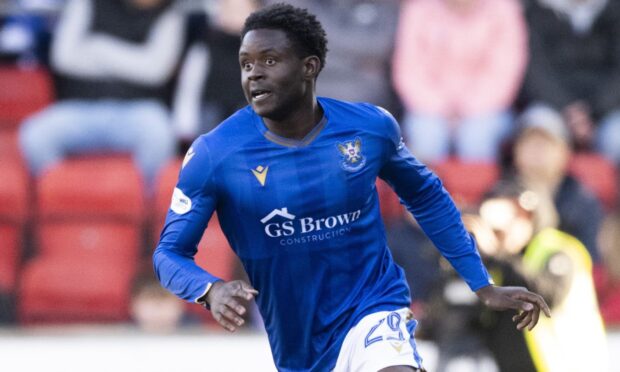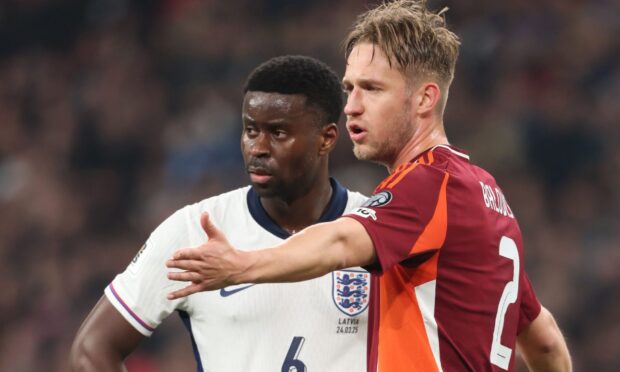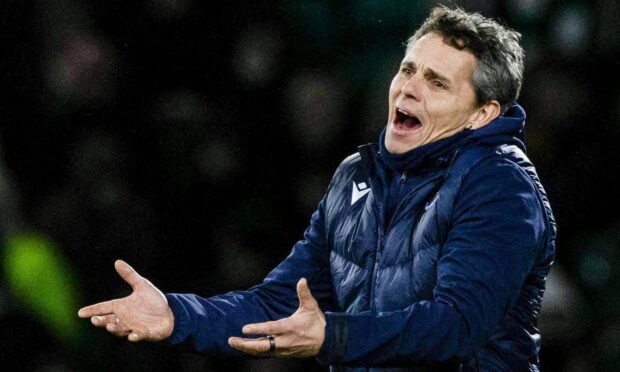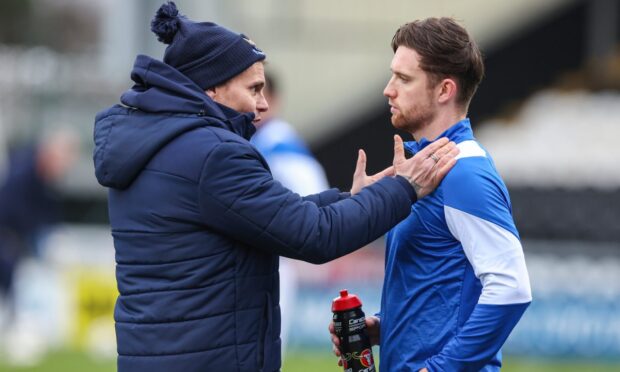The right wing-back position has been a fascinating subplot in the St Johnstone story under Callum Davidson.
It started off with the hugely impressive Danny McNamara who took to Scottish Premiership first team football quicker than anybody had the right to expect after arriving on loan from Millwall.
The results for the team he was a regular in might not have been eye-catching but the Irish under-21 international’s contribution to establishing a style of play to build on in his absence during the second half of the season should never be overlooked when the 2020/21 double is reflected upon.
That his replacement, Shaun Rooney, scored two cup final winners after being on the fringes while McNamara was excelling is, of course, the stuff of Perth and Scottish football legend.
The way in which Davidson tweaked his tactics to accommodate, and get the best out of, Rooney, whose skillset and physical attributes were very different to McNamara, was one of the most important strategic factors that brought two cups back from Hampden Park.
This season a position of match-defining strength turned into one that contributed to the breaking down of the Saints machine and became an area opponents were given encouragement to exploit.
Rooney has suffered from injury problems for much of it and the force of nature of the early months of 2021 hasn’t been seen very often.
James Brown is the most defensively sound option but isn’t a natural attacking outlet the.
Until Saturday, that is.
Tom Sang is a serious player
— 𝔐𝔞𝔤𝔫𝔢𝔱𝔰 🧲 (@PerthshireMags) February 19, 2022
Tom Sang produced a performance to give Melker Hallberg a man-of-the-match run for his money and give Davidson hope that right wing-back will become a point of strength once more.
Courier Sport looks at the on-loan Cardiff City man’s Opta statistics to assess his contribution to the match-winning cause against Hearts.
Touch map
As mentioned above, the ability, energy and willingness of the wing-backs to offer themselves in attack in Davidson’s preferred formation is absolutely vital to the side’s effectiveness.
Sang helped set the tone in his involvement in the rapid exchange of passes that resulted in the first minute opening goal and there was no retreating into a defensive mindset after that.
Jamie McCart with the winner! 👊
Highlights of the Scottish Premiership match between St Johnstone and Hearts ⬇️ pic.twitter.com/H3BEiFR1a7
— Sky Sports Scotland (@ScotlandSky) February 19, 2022
His touch map for the afternoon is an informative starting point for analysis of his overall contribution.
The total of 56 was the second highest in the Saints team behind Jamie McCart and, even more significantly, more of them (36) were in the opposition’s half of the pitch than his own.
On a day when Hearts enjoyed 65% possession, that highlights his (and his team-mates’) determination to push forward rather than be pinned back.
Final third
Drilling further down into the Opta statistics, Sang also finishes second, just behind McCart again (12 to 14), as far as final third entries (passing the ball from outside the final third into it) are concerned.
This is a key statistic in terms of turning defence into attack and exposes players who are content to think safety first and go backwards or sideways.
Then, when in that final third Sang is first for passes made (16). Hallberg is next on 15.
The scarcity of crosses into the box was a recurring theme for Saints in their autumn to winter months of toil.
That is changing.
Hallberg was top with seven on Saturday but he was on set-piece duty so Sang’s six was the leading mark from open play.
Defensive contribution
Davidson wants and needs to see both sides of the game from his wing-backs, particularly in a match against a side as strong as third-placed Hearts.
One moment summed Sang the defender up.
In the 63rd minute a Saints attack broke down and the early signs were they would be exposed to a rapid counter.
Sang sprinted back into his own half and eventually made a move-ending tackle, allowing others in all-blue to get behind the ball.
It should come as no surprise that he was second only to Murray Davidson (back to his combative best) by winning possession on nine occasions and the same with duels.
Davidson’s total was 10 for both.
One game, even as impressive as Saturday’s, will need to be backed up over the coming months.
But Sang’s display against Hearts suggests you can add him to the list of excellent January recruits.
